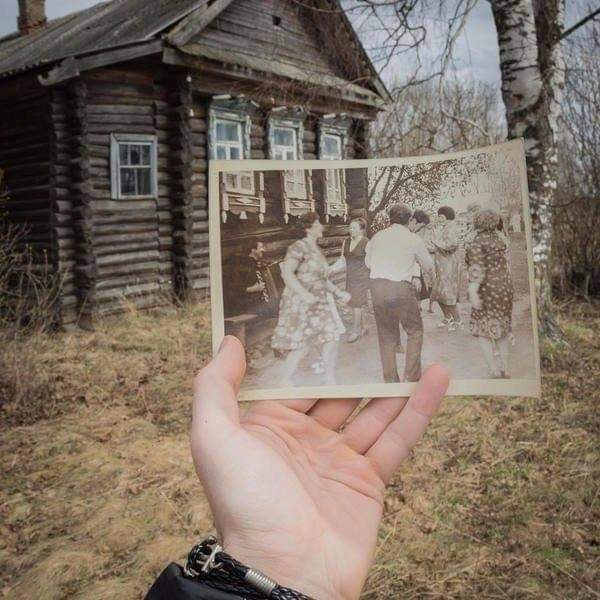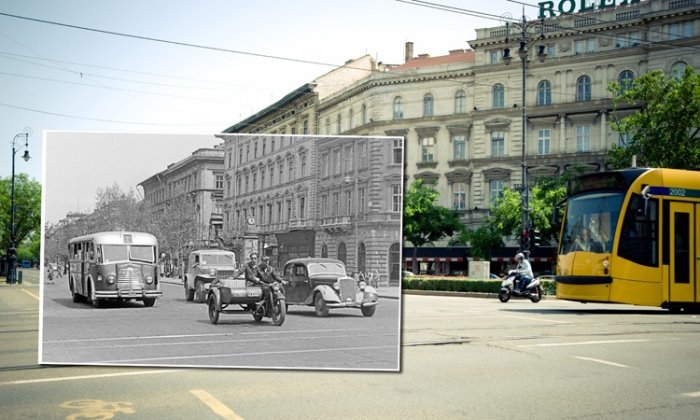Retrospective evaluation is an evaluation of an object carried out by appraiser on the same evaluation date as that of another appraiser. But when the date of completion of an object evaluation report differs significantly in time from the date of evaluation. The question is, if the results of the retrospective evaluation differ from those of the pre-evaluation, what does it mean? The result of the evaluation should be considered more reliable, early or retrospective.
The concept of a «old» valuation date is completely uncertain – it is a year, years or more. Moreover, it should be emphasized that any valuation is carried out at a certain valuation date, which may be any past valuation date relative to the completion date of the report. Through this, when the term «retrospective evaluation» is used, its essence should always be disclosed.
The most common interpretation of this phrase is that:
A retrospective evaluation is an evaluation on the same date as the previous one. And the date of completion of the retrospective evaluation differs significantly from the date of completion of the previous evaluation by at least one year or more. Or when the previous evaluation has expired.
Certain equivalent of the term «retrospective evaluation» is the term «revaluation», which is defined in the Method of property evaluation (approved by the Decree of the Cabinet of Ministers of Ukraine of 10.12.2003 №1891). So: «revaluation is the evaluation of an object by the subject of the assessment activity based on the results of the review of the evaluation report (evaluation act) of the object as of the date on which the evaluation of the object by another subject of the evaluation activity was carried out, report (certificate) subject to review».
Retrospective evaluation – re-determining the cost
The following can be seen from the definition. If there is a review of a pre-performed evaluation report, any retrospective evaluation performed by another appraiser than the previous evaluation is a re-evaluation.
In the future, the term «retrospective evaluation» is understood like: retrospective evaluation is an evaluationof an object, which is performed by the subject of the evaluation activity on the same date as the evaluation of that object by another entity of the evaluation activity, but when the date of completion of the site evaluation report differs significantly from the date of the evaluation.
So, the main features of the retrospective evaluation are the following:
- The time lag between the evaluation date and the report completion date is long – at least a year or more.
- The evaluation is carried out at the same date of the evaluation that has already been conducted.
- The evaluation is carried out at the same date of the evaluation that has already been conducted.
What is the purpose of the retrospective evaluation
What is the role of retrospective evaluation and why is it being conducted? It follows from the definition of retrospective evaluation itself that the purpose of such evaluation is to compare the evaluation results with those obtained in the past by another evaluator at the same evaluation date, for which retrospective evaluation is carried out.
And the question arises – if the results of the retrospective evaluation differ from those of the pre-evaluation, what does it mean? Should the evaluation result be considered more reliable, early one or retrospective?
At once we note that the reliability of the result should be understood as the certainty in the accuracy of the valuation (specified in the report). Because of this more (less) reliable result means more (less) confidence in the result.
We would like to emphasize that in the National Standard №1 «General Framework for Evaluation of Property and Property Rights» there is the concept of «unreliable evaluation», which is the key to classifying the report based on the review results. However, this concept is not equivalent to the notion of «unreliable result».
Indeed, according to National Standard №1 Poor Quality (Unreliable) Evaluation – this evaluation is made in violation of principles, methodological approaches, methods, evaluation procedures and (or) based on unfounded assumptions, what is proved by reviewing.
Thus, the reviewer’s conclusion that the assessment is unreliable does not mean that the evaluation result is unreliable. The result may be reliable if the evaluation is not correct.
As the retrospective evaluation is undertaken to confirm or not to validate the value estimated by the other valuation entity, a natural question arises. Is it possible to compare the results of these two evaluations to obtain a conclusion as to the validity of any of them? The answer is obvious – no.
Any retrospective assessment is based on the background information, assumptions and limitations, which are taken into account in the process of its performance by the subject of the valuation activity and is a subjective judgment of that subject on the value determined in the report. Subjective judgment is based, first of all, on the initial information that the evaluator has, carrying out a retrospective evaluation, because according to para. 52 of the National Standard №1. «The appraiser independently searches for information sources (with the exception of documents, which must be provided by the appraiser in accordance with the contract), their analysis and presentation of reasoned conclusions. In doing so, the evaluator should analyse all information sources related to the subject of the valuation, trends in the market for such property, information on transactions in relation to such property, which are used in the case of a comparative approach, and other material information. If the information is incomplete or absent from the property valuation report, there is a negative impact on the valuation results».
It should be noted that even in the application of the income approach, para. 43 of National Standard №1 highlight that «the information sources for the income approach are the actual and (or) expected income and expenditure of the object of valuation or similar property. The appraiser forecasts and justifies the volume of income and expenditure from the modern use of the object of evaluation if it is the most effective, or from the possible most efficient use, if it differs from the existing use».

Limited archival information – a major challenge
In a retrospective evaluation, the information sources related to the subject matter of the evaluation are no longer those of the previous (initial) evaluation. Moreover, since in Ukraine the comparative approach is based not on agreements concerning such property, but on the terms of the offer for such agreements (prices of the objects of comparison)In retrospect, most of the information on supply prices that were available and available at the valuation date for the initial evaluation is simply not available. What analysis of all the information sources related to the subject matter of the evaluation would be relevant if, at the time of the retrospective evaluation, most of the information available to the appraisers was not available? The same is true of the income approach – information on the rental rates for such facilities in retrospect is very limited compared to the time of the preliminary (initial) evaluation.
Therefore, the retrospective evaluation report should indicate the negative impact of incomplete information about the subject matter on the evaluation results. This is required by National Standard №1. But if the absence of most of the price data on the offer of objects of comparison indicates a negative impact on the result of estimation, what reliability of the report results from the retrospective estimation can be asserted?
It can only be said that there is another rather controversial result that differs from the previous evaluation. However, as noted above, the evaluation was negatively affected by the limited information available on the subject matter of the evaluation.
Moreover, retrospective evaluation is in most cases carried out without an inspection (and even if an inspection is carried out, it is no longer the object that was submitted for inspection at the time of the initial evaluation). This means that the eappraiser is not able to analyse the technical and other characteristics of the subject of the evaluation when conducting the retrospective evaluation, which was possible at the time of the initial evaluation. Therefore, when conducting a retrospective evaluation it is simply impossible to fulfill not only the requirements of para. 52, but also the requirements of para. 53 of National Standard №1: depending on the chosen methodological approaches and estimation methods, the appraiser has to:
- collect and analyse all relevant information on the subject of the evaluation, in particular initial data on its legal status, composition, technical and other characteristics, market information on the object of the valuation and such property, Information on the economic characteristics of the object of evaluation (projected and actual income and expenditure from the use of the object of evaluation, including its most effective use and existing use);
- analyze the current state of use of the evaluation object and determine the conditions for its most effective use;
- collect the necessary information to justify the capitalization rate and (or) discount rate;
- determine legal limitations regarding the object of the assessment and consider their impact on the value of the object of the evaluation.
Draw conclusions
In summary, the following can be said:
- Not any of retrospective evaluation result is more reliable than the initial evaluation. Conversely, it is less reliable, since the result of the retrospective evaluation is negatively affected by the lack of all the information that was available during the preliminary evaluation.
- The difference between the retrospective and the initial valuation does not in any way support the underestimation or overstatement of the value as a result of the initial valuation. Since there is a lack of confidence in the value of the retrospective evaluation, due to the limitations of all information sources related to the subject matter of the evaluation.






